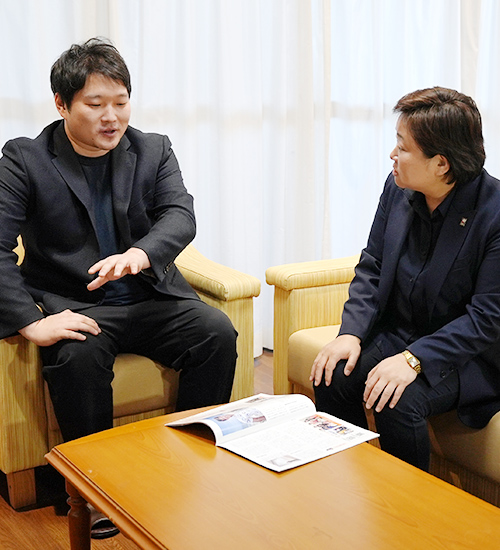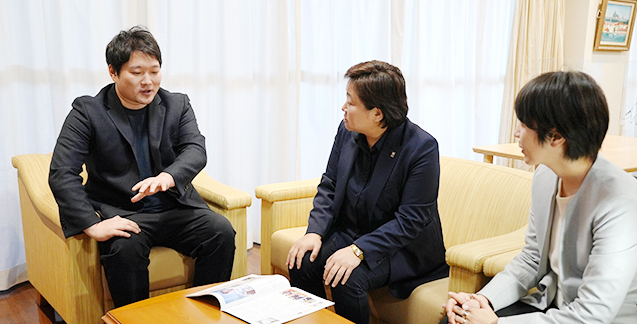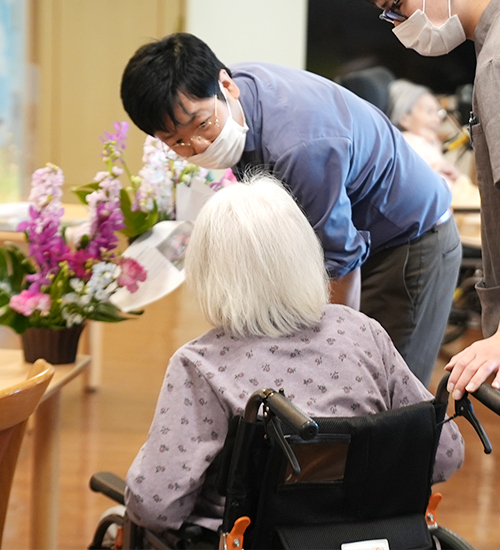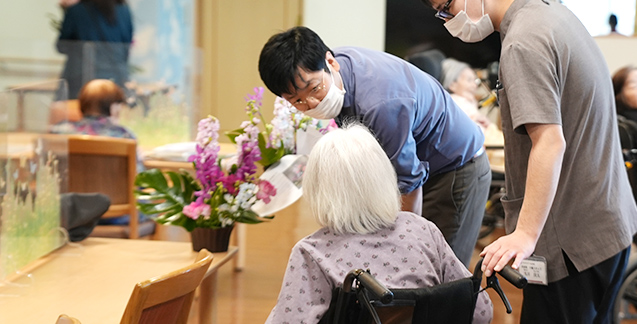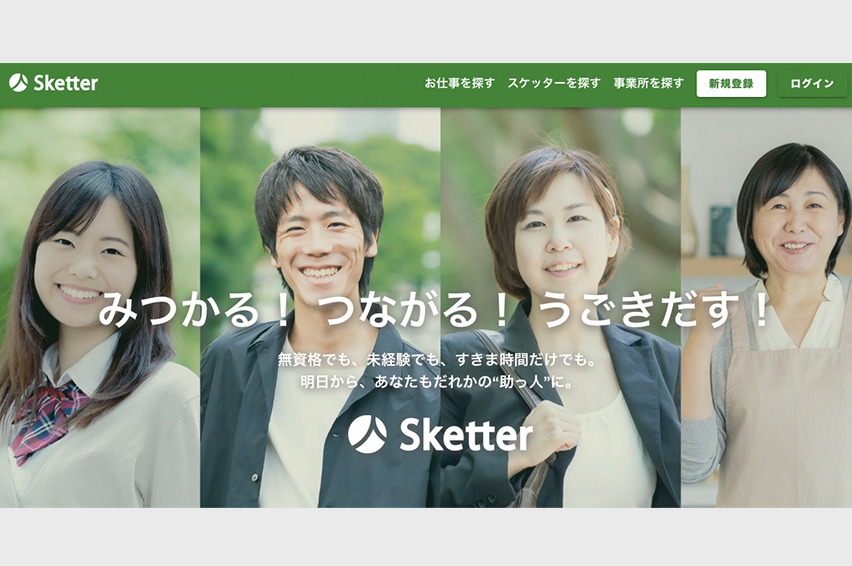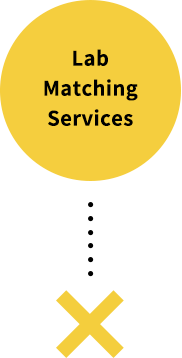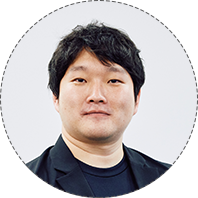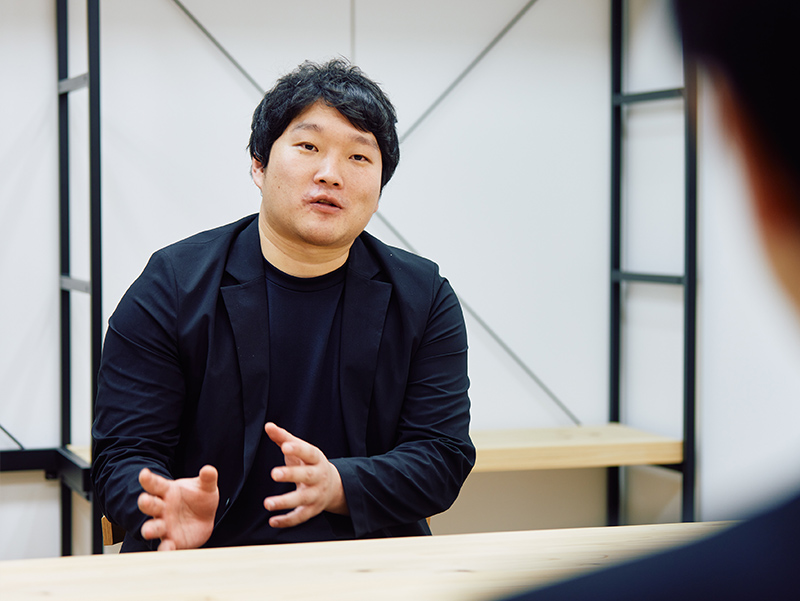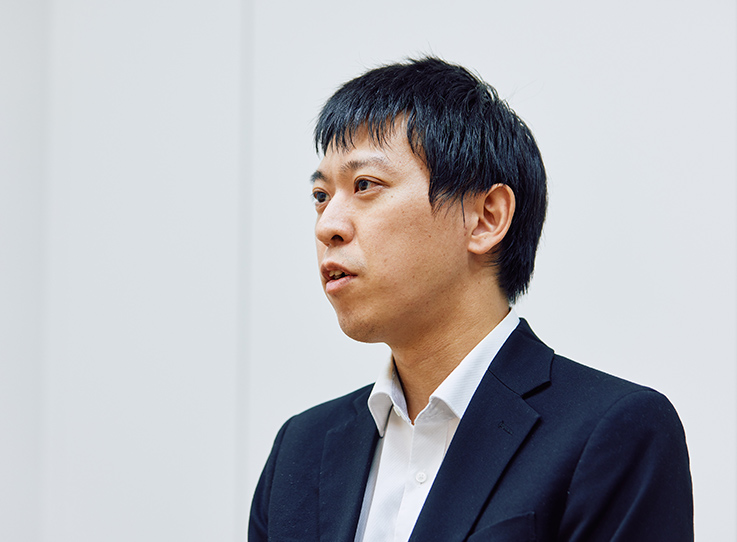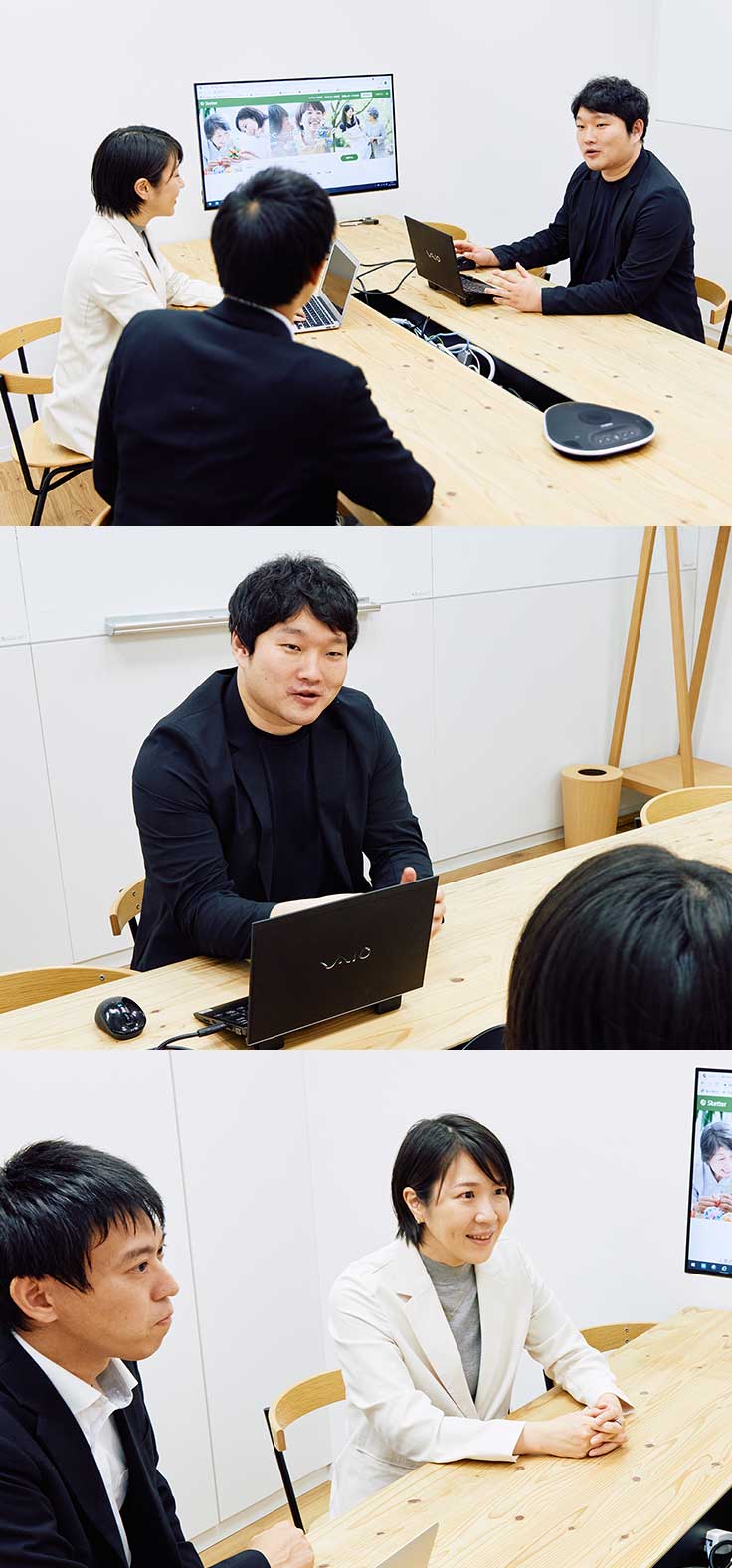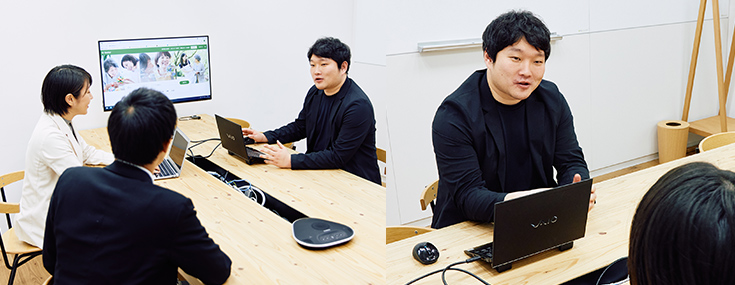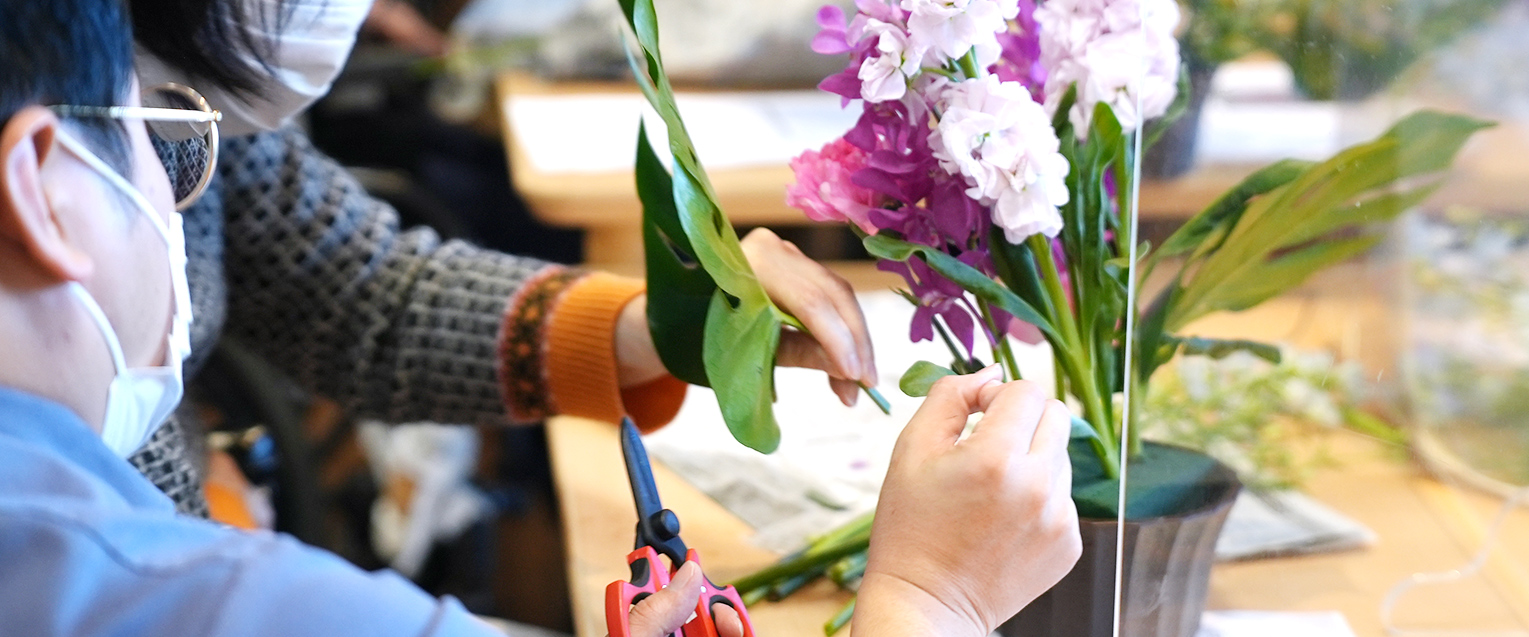What were your big a-has or lessons during the course of the project?
Suzuki: I’m so grateful that the Lab took a full year for the testing period. It’s hard to get immediate results with Sketter, and it’s a tool we want people to continue using over the long term.
Haga: I’ve always thought of nursing care as a specialized profession, so it never sat well with me that they were doing things like cleaning and laundry. In the course of speaking with Mr. Suzuki, I was able to make sense of it in my own mind with the idea that certain things should be done by qualified professionals and certain things by everyday people, and that the two also had to work and coexist together. Nursing care facilities see caregiving as “support for everyday living,” so for them, cleaning and laundry often fall into that category. But ultimately we were able to get on the same page about the fact that they were going to have to take a different approach going forward. I also realized that if we want to address the shortage of nursing care workers, the division of labor that Sketter was aiming for was actually quite similar to the way the Lab thinks about technology—prioritizing tasks that need to be done by people, and those that can be left to technology.
Suzuki: It is a deeply-rooted social issue, and it’s not one that people in the nursing care sector can solve on their own. My hope is that Sketter can do its part, however small, to bring us closer to a solution by creating an infrastructure of mutual support that allows local communities and society as a whole to gradually pick up the slack.
Kataoka: Mr. Suzuki’s concept is widening the door to nursing care, starting with the easiest things to get involved in. That gives us access to people who may be unsure of whether they want to get into the field—such as university students—and allows us to tell them what’s great about it. We feel the same about that, and his passion has inspired me to want to work with him more.
Suzuki: There are other companies that recruit qualified and experienced workers and match them with nursing care jobs, but Sketter focuses on bringing in high school students and young adults rather than those with qualifications and experience. Creating a culture where people just drop into a nursing care facility on their way home from school, for example, while they’re young, is how we’re hoping to increase the number of people involved in the field.
Where is the product now, and what are your hopes for it in the future?
Suzuki: We’ve introduced Sketter at over a hundred worksites so far, and successfully made about 2,500 matches. There’s not a lot of growth right now due to the pandemic, but around a hundred people are signing up for Sketter each month, with 80% of participants coming in from other fields—so the number of people involved in nursing care is definitely increasing as a result. Most of them have regular corporate jobs, and we often hear that the sense of gratitude people feel towards them when they work as Sketter volunteers at nursing care sites gives them a feeling of deep satisfaction—particularly if they feel underappreciated at their regular jobs or that just going back and forth between home and work creates a sense of emptiness. In that way, I feel like we’re providing people with a new way to get involved with their communities. Going forward, we’d love to expand Sketter to include home-care services, creating an even broader mutual support infrastructure that allows everyone to use their existing talents to support nursing care and social services.
Haga: We’ve introduced Sketter at three facilities so far, but Sompo Care has around three hundred paid senior care facilities nationwide. Sketter is mostly used in the Kanto and Kinki regions now, meaning that we have a lot of room for future expansion. It’s a great product, so we’re eager to introduce it in as many places as possible. Going forward, we hope to increase the number of Sketter volunteers who reliably show up, which will allow us to completely separate out the work they do. What we’d like to see eventually is Sketter volunteers serving as constant helpmates to qualified professional caregivers—a regular daily presence at nursing care sites. Mr. Suzuki is an important partner as we work together to overcome the social problem of caregiver shortages in Japan, and he also graduated a few years ahead of me at the same university—which makes me even more eager to get fresh ideas from him.
Interviews based on information current as of September 2021.

